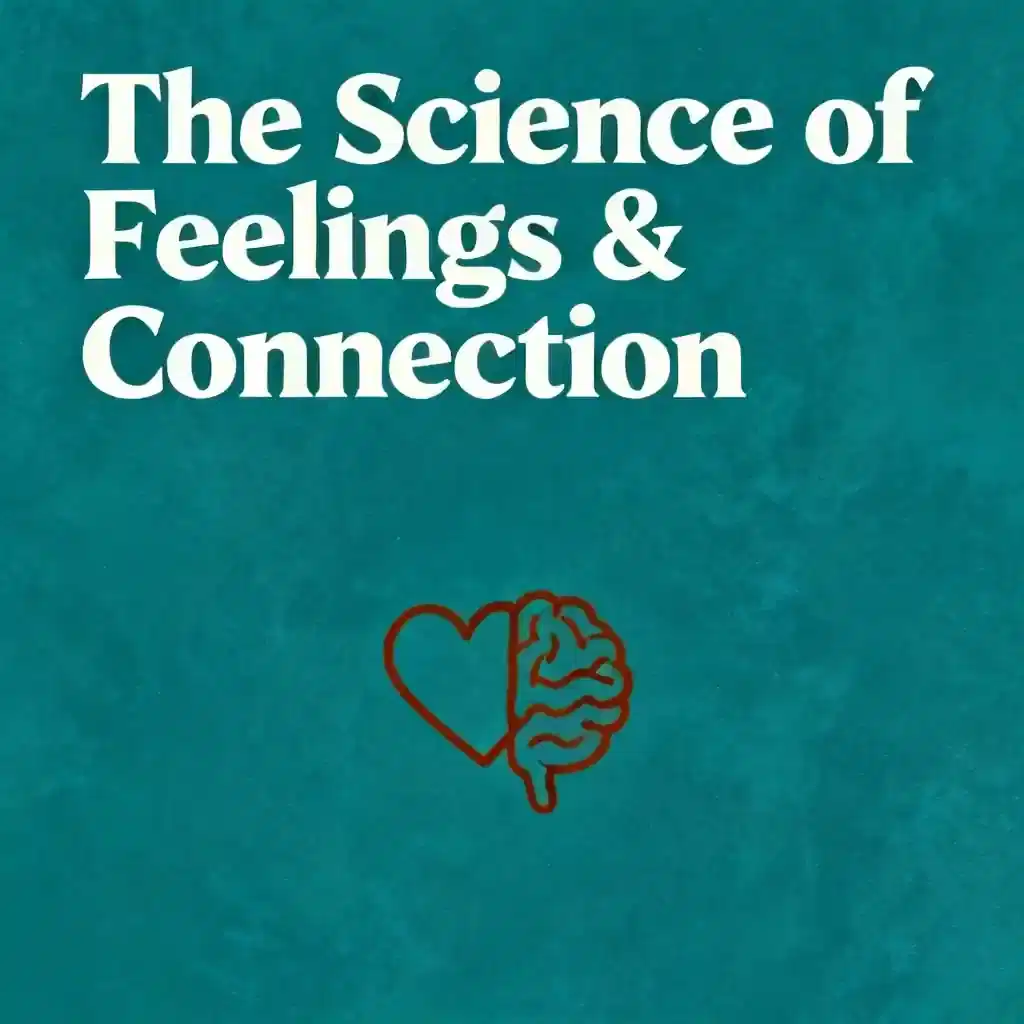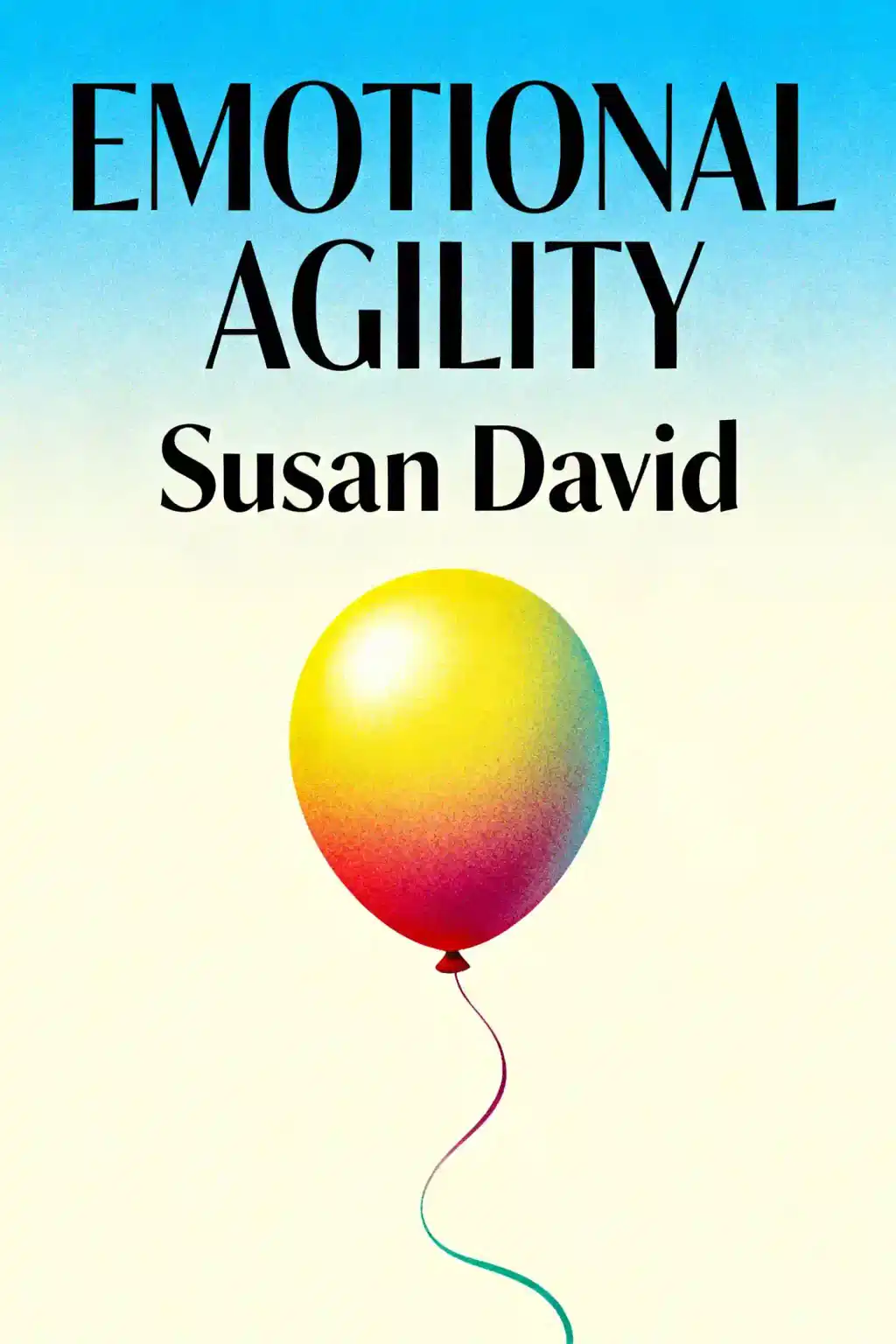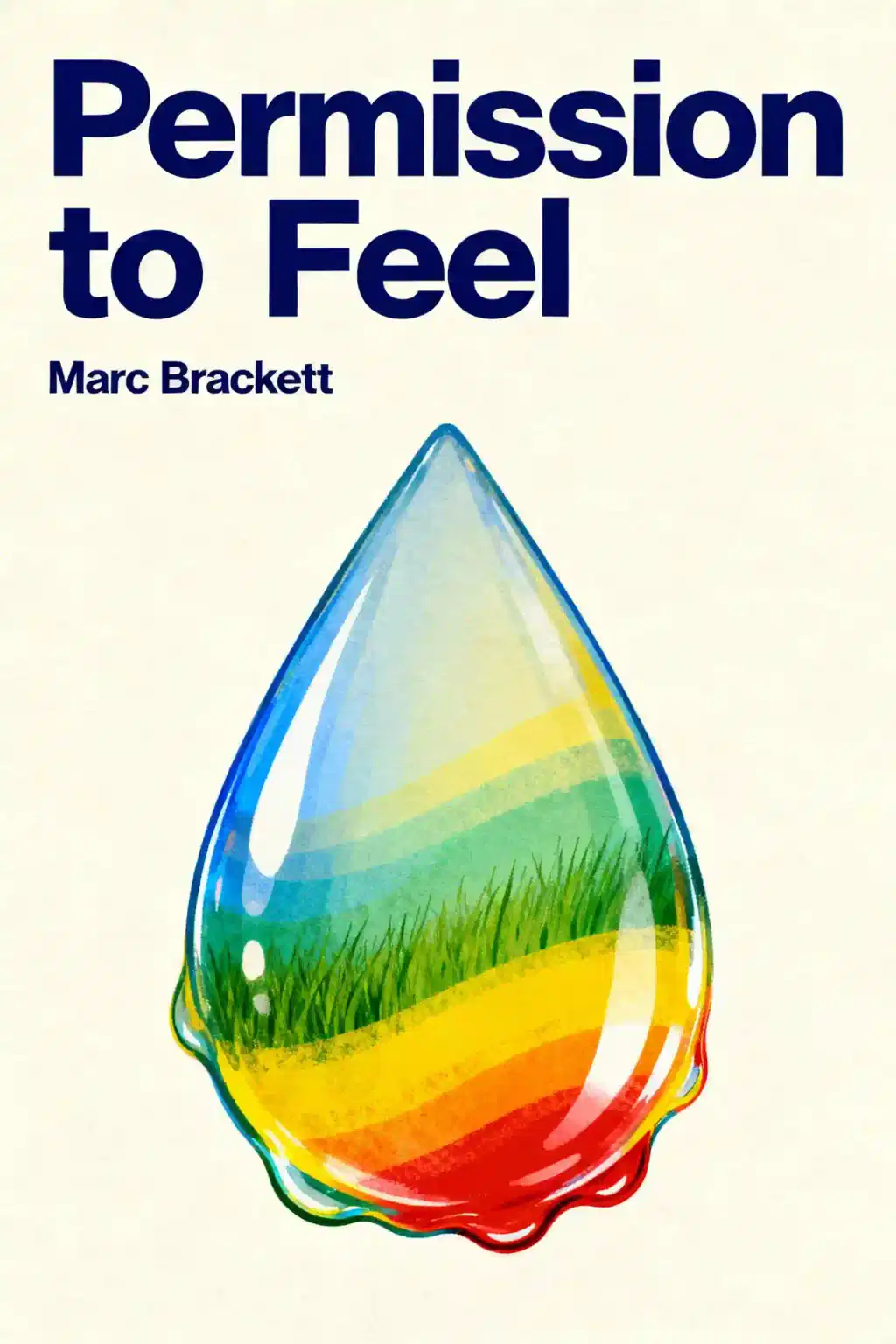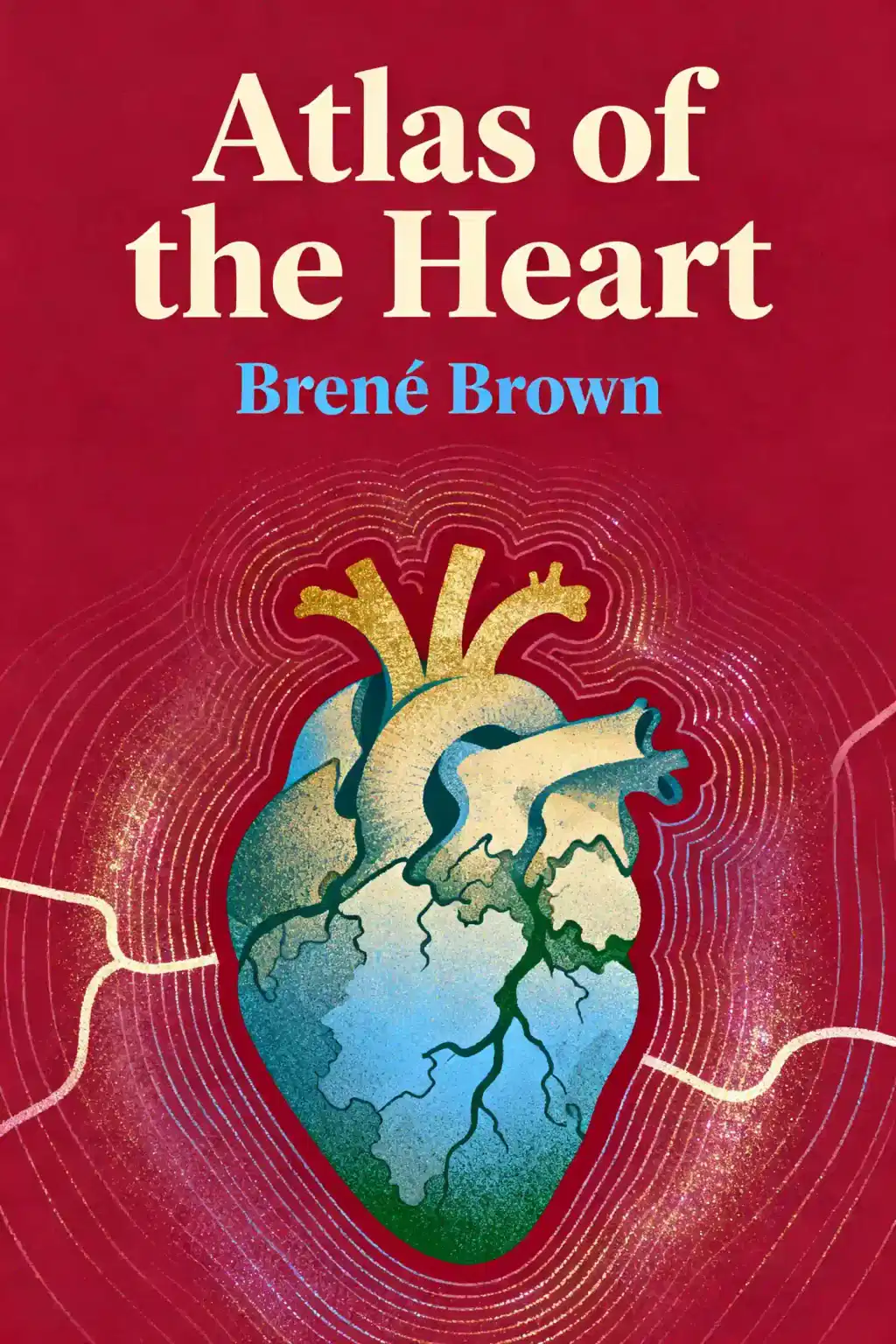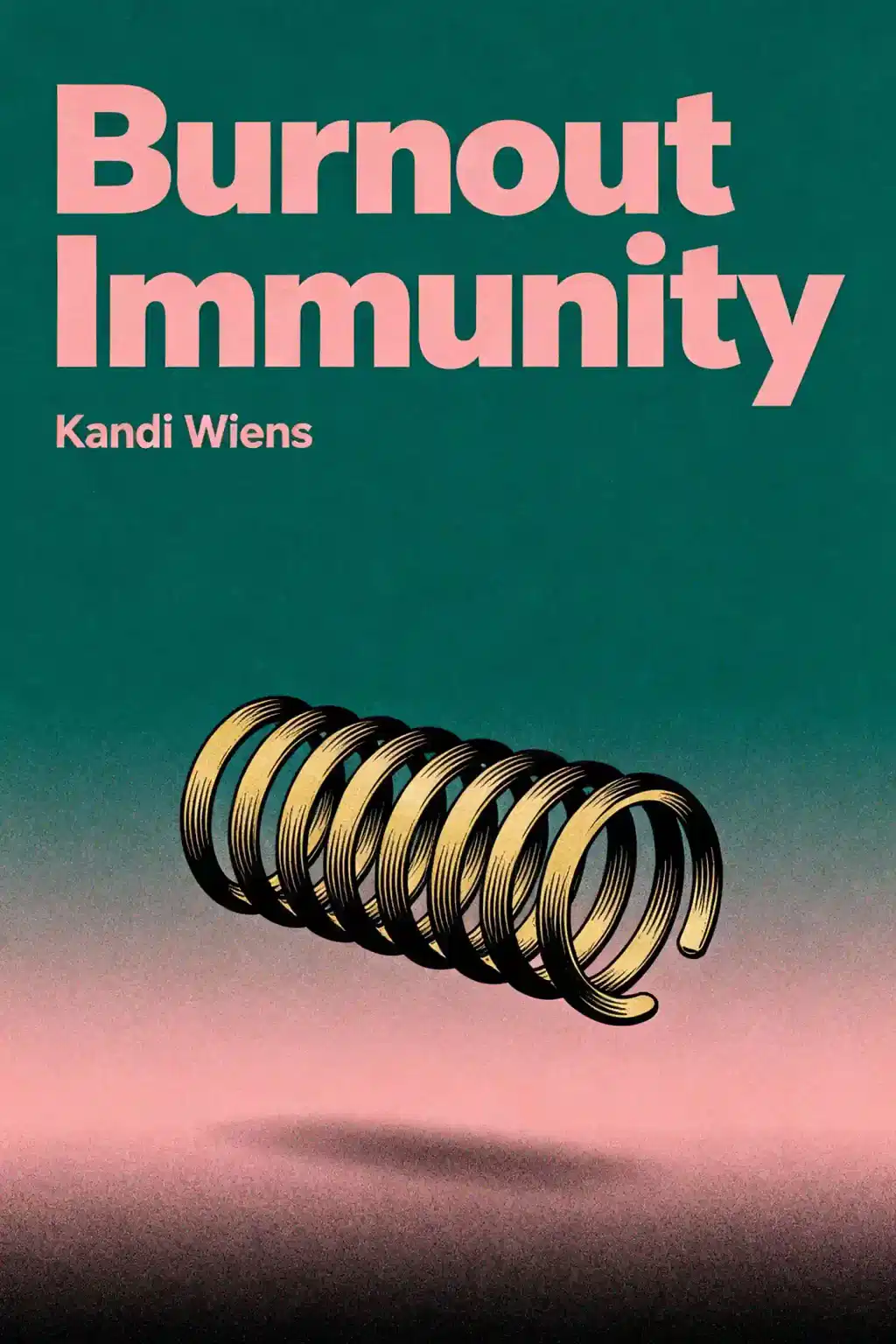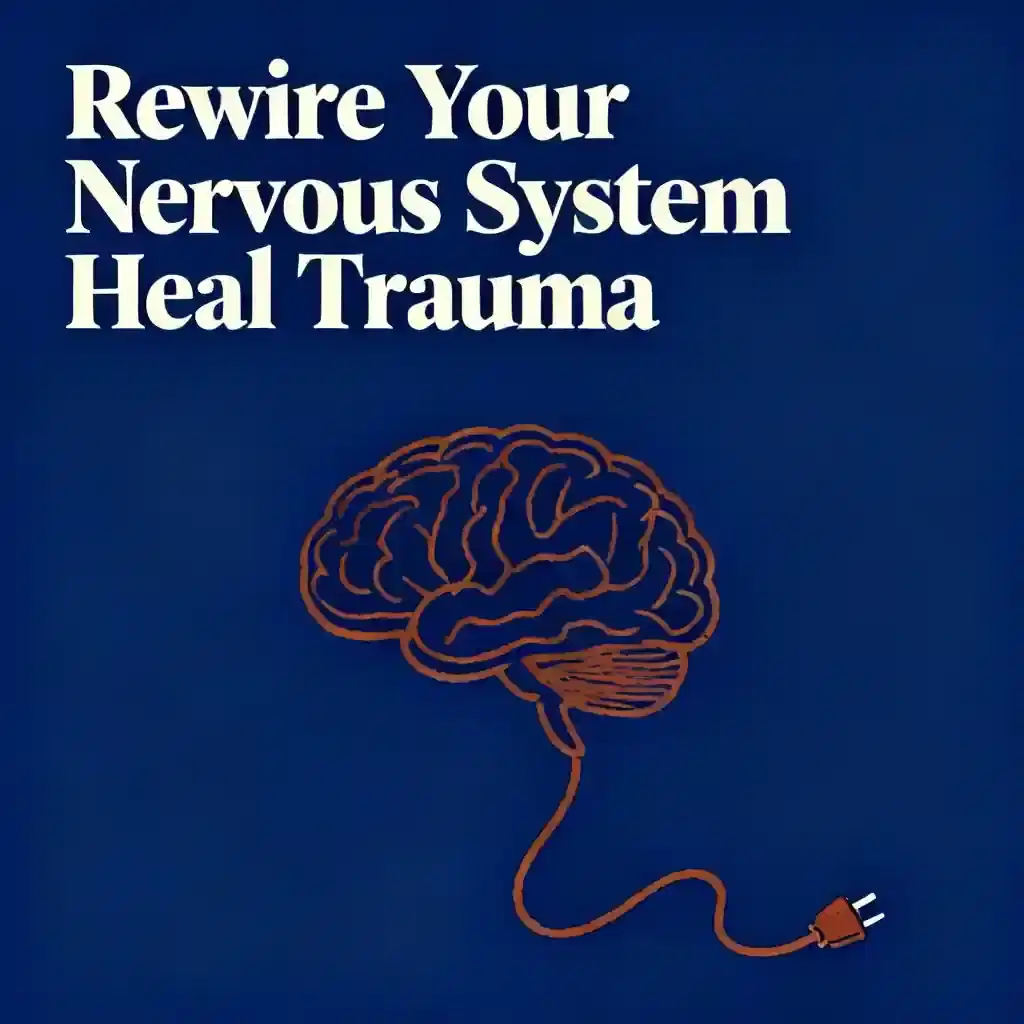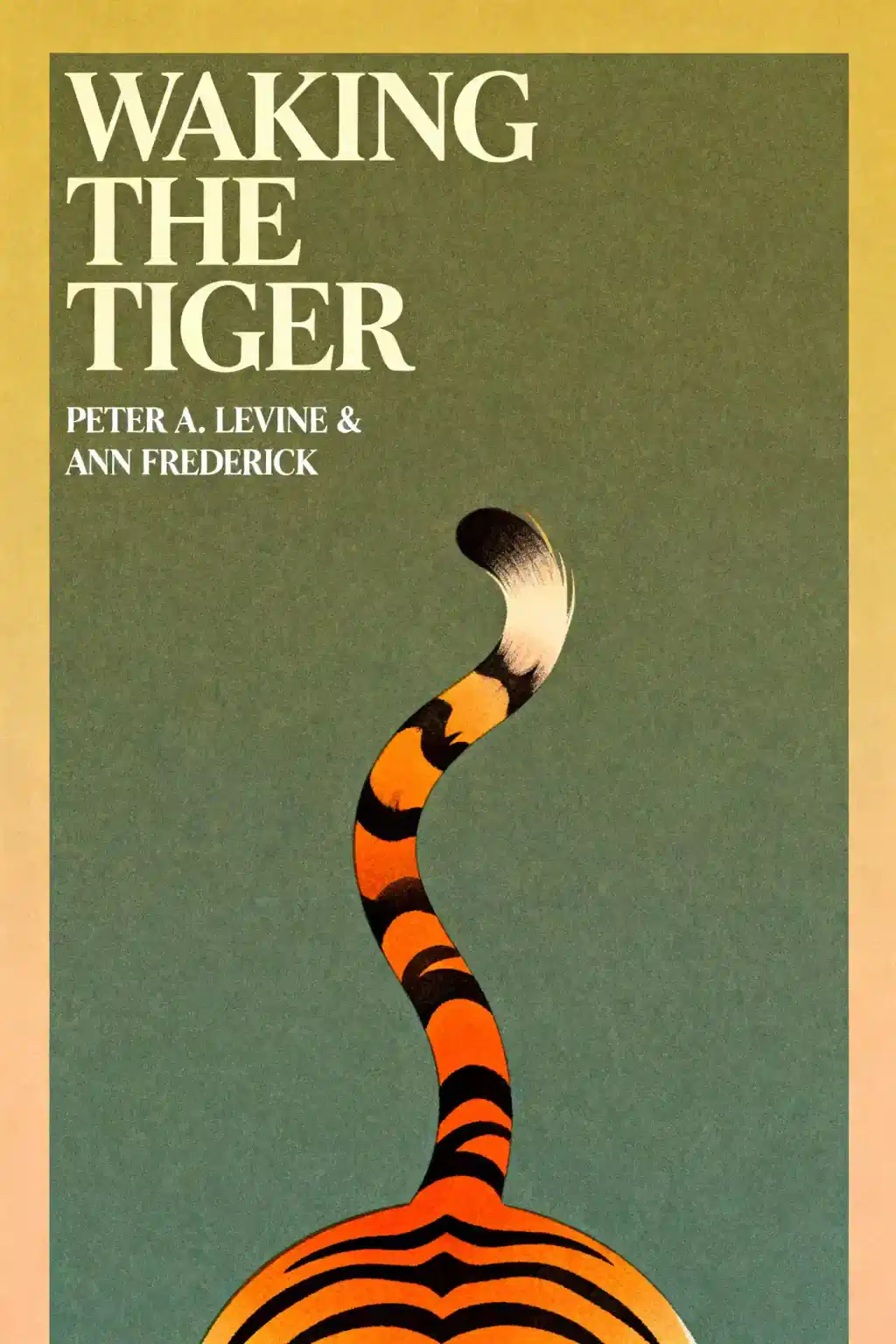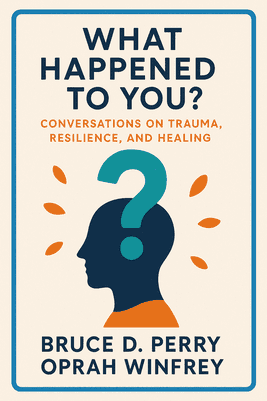What is
Emotional First Aid by Guy Winch about?
Emotional First Aid provides practical strategies to treat psychological wounds like rejection, guilt, failure, and loneliness. Drawing on scientific research and real-life examples, Guy Winch presents a "psychological medicine cabinet" with actionable remedies to prevent emotional injuries from worsening. The book emphasizes building emotional resilience through techniques such as reframing negative thoughts and practicing self-compassion.
Who should read
Emotional First Aid?
This book is ideal for individuals seeking to manage everyday emotional struggles, professionals navigating high-stress environments, or anyone interested in improving mental well-being. Its accessible advice makes it valuable for those new to self-help and readers wanting science-backed strategies for emotional resilience.
Is
Emotional First Aid worth reading?
Yes, the book offers structured, research-based methods to address common emotional challenges. While some critics note its simplicity, it provides a clear framework for understanding psychological wounds and actionable steps to heal them. It’s particularly useful for readers seeking foundational emotional health tools.
What are the main emotional wounds addressed in
Emotional First Aid?
The book focuses on seven key injuries: rejection, loneliness, guilt, rumination, failure, low self-esteem, and trauma. Each chapter analyzes root causes and offers tailored treatments, such as combating self-criticism after failure or breaking cycles of negative thinking.
How does
Emotional First Aid suggest treating rejection?
Winch advises combating self-blame by reaffirming self-worth and seeking supportive social connections. He emphasizes avoiding rumination and practicing self-compassion to reduce emotional pain. For example, reframing rejection as a mismatch rather than personal inadequacy helps restore confidence.
What is "emotional hygiene" according to Guy Winch?
Emotional hygiene involves proactively caring for mental health, similar to physical first aid. It includes monitoring emotional health, addressing psychological injuries promptly, and avoiding harmful thought patterns. Winch argues this practice prevents minor issues from escalating into chronic problems.
How does
Emotional First Aid help with overcoming guilt?
The book recommends distinguishing between productive and unproductive guilt, then using apologies or reparative actions to resolve valid guilt. For irrational guilt, cognitive restructuring techniques help challenge exaggerated self-blame. Exercises like writing empathy letters to oneself are suggested.
What practical strategies does the book offer for building emotional resilience?
Key strategies include:
- Reframing failure as a learning opportunity.
- Combating loneliness by initiating social interactions.
- Interrupting rumination with distraction or problem-solving.
- Practicing self-compassion to reduce self-criticism.
How does
Emotional First Aid approach the issue of loneliness?
Winch identifies loneliness as a cyclical problem and advises breaking the cycle by initiating small social engagements, joining groups with shared interests, and reframing interactions to reduce self-consciousness. Chronic loneliness is linked to health risks, making early intervention critical.
What are some criticisms of
Emotional First Aid?
Some reviewers note the strategies may feel oversimplified for complex mental health issues. While effective for everyday struggles, severe cases may require professional therapy. However, the book’s clear structure and actionable advice remain strengths for general audiences.
How does Guy Winch's background influence the book’s content?
As a licensed psychologist with 30+ years in private practice, Winch blends clinical expertise with relatable anecdotes. His TED Talks on emotional health and previous books (The Squeaky Wheel) inform the science-based yet accessible tone, ensuring credibility and readability.
Can
Emotional First Aid be applied to workplace challenges?
Yes, techniques like managing rejection after job loss, combating impostor syndrome, and reframing failure align with professional contexts. The book’s focus on resilience and emotional hygiene helps navigate workplace stress, team conflicts, and career transitions.




